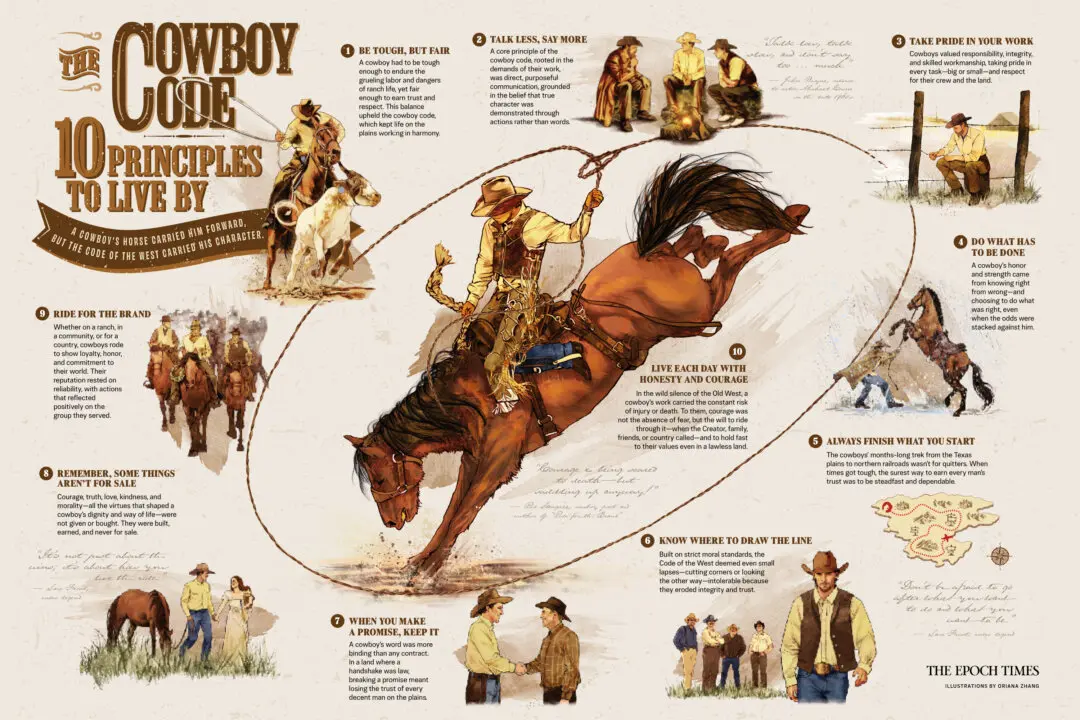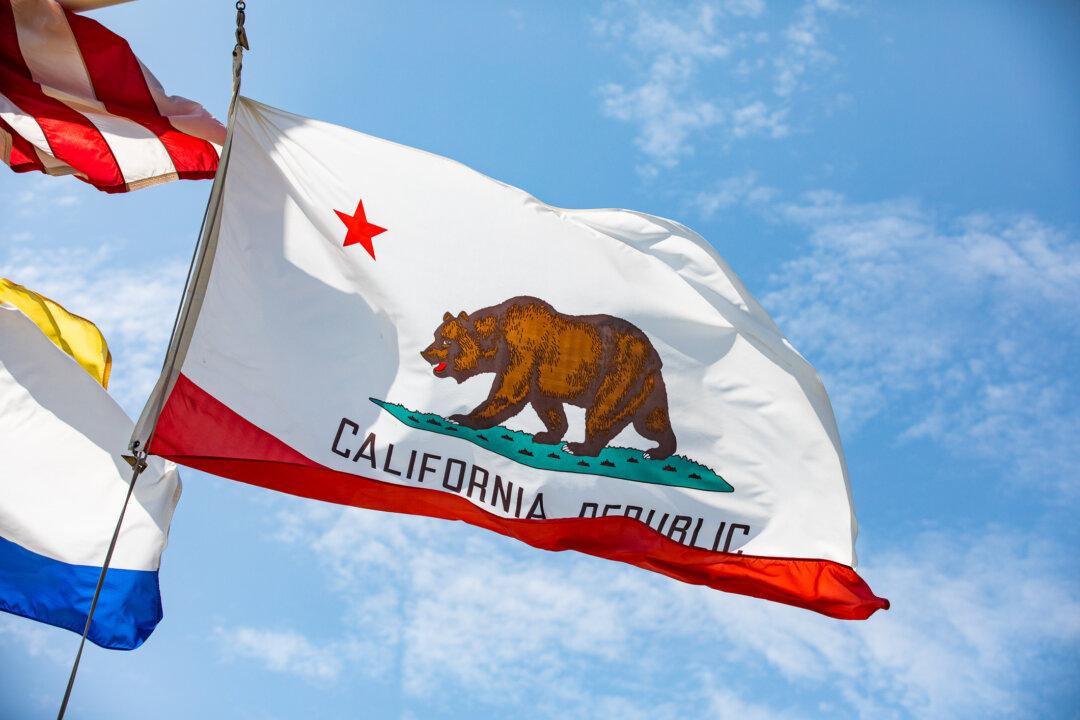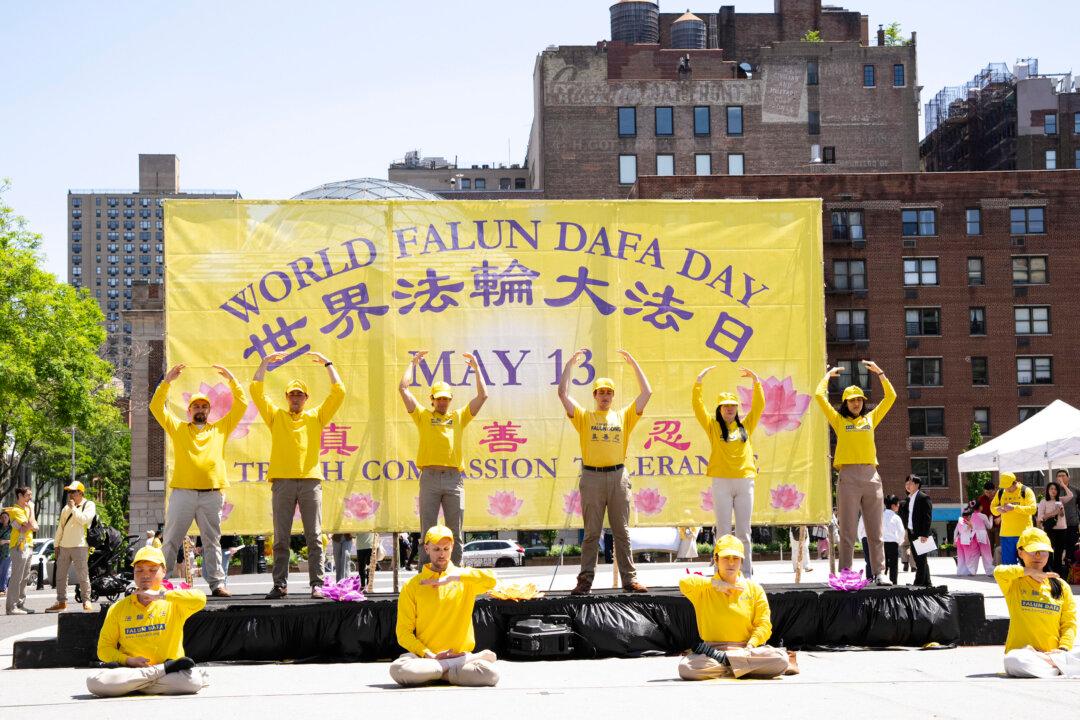A water agency official attributes California’s current water shortage to state laws that limit pumping water for urban and agricultural use, and a lack of water infrastructure.
Darcy Burke, the board president of Elsinore Valley Municipal Water District, said she is concerned about how water resources are being distributed between human and environmental needs.




